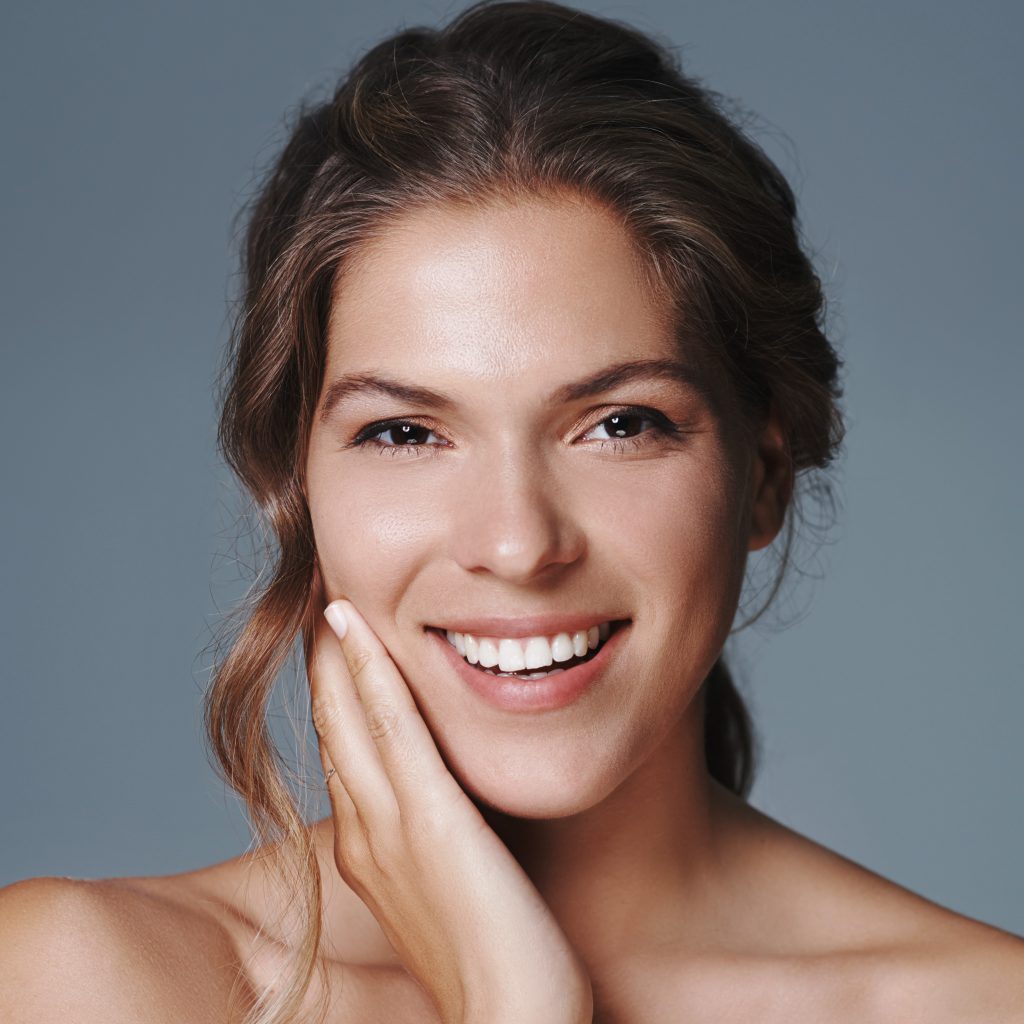A fairly common scenario plays out when a person concerned about facial aging comes in for a consultation.
“Do you think I can get the results I want without a facelift?” At our Houston practice, the answer is often, “Absolutely.”
That’s because we offer several advanced nonsurgical facial rejuvenation options that can produce remarkable results for the right patients. These options may include injectables, laser skin resurfacing, microneedling, or ThermiSmooth® Face. In fact, our team of injectors and aesthetician can customize treatments to create smoother, tighter skin that meet each patient’s unique goals.
Determining if someone is better served by a surgical facelift or minimally invasive treatments involves examining the condition of their skin and discussing their aesthetic goals. It’s understandable that patients prefer less-invasive options, and our board-certified plastic surgeons are honest when they assess whether non-surgical options will be effective.
For patients, it’s important to understand the difference between how facelifts and non-surgical procedures create more youthful appearances. A facelift addresses concerns in both the upper the lower portion of the face, including sagging skin in the area of the cheeks and jowls. During surgery, the surgeon actually lifts and repositions the underlying tissue and muscle and removes excess skin to create a natural-looking transformation.
The results of a surgical facelift last much longer than non-surgical options, but the cost is higher. For example, dermal fillers and BOTOX® Cosmetic don’t last as long as a facelift. But these less-expensive injectable products can produce the desired results for people concerned about wrinkles and lines and whose skin retains much of its elasticity. Fillers and BOTOX are the most popular non-surgical anti-aging treatments not only at our plastic surgery practice in Houston, but worldwide.
Because not all injectables work the same way, it’s helpful to understand which product we typically use to address specific areas.
- JUVÉDERM®: Like many fillers, the JUVÉDERM family of products uses hyaluronic acid (HA) to help plump and hydrate the skin. HA is found naturally in the body but begins diminishing as we age, which contributes to the creation of wrinkles and lines. JUVÉDERM fillers tend to be silkier than others and are great for treating nasolabial folds and lines around the mouth and chin.
- RADIESSE®: Thicker than most fillers, RADIESSE is made of calcium-based microspheres suspended in a water-based gel. We often recommend RADIESSE for patients who want to smooth the contours of their noses and jawlines or to fill wrinkles on the chin.
- Restylane®: The Restylane line of fillers also uses hyaluronic acid to fill wrinkles. Restylane® Silk is a newer filler that we use to add volume to the lips because of its smaller particles. Restylane fillers can be used to improve the appearance of nasolabial folds and fine lines around the lips.
- BOTOX Cosmetic: BOTOX is the most well-known anti-wrinkle injectable treatment in the world. It works differently than fillers, however, and it can take a few days to a week for results to appear. BOTOX is a neuromodulator that temporarily immobilizes the tiny muscles whose movements create wrinkles over time. It’s especially effective for crow’s feet around the eyes, vertical “frown lines” between the eyes, and horizontal forehead wrinkles.
The results of filler injections vary from 6 months to 2 years depending on the product used. BOTOX results typically last about 3-4 months. With maintenance treatments, patients can keep their faces looking youthful for several years. Ultimately, though, the skin loses too much elasticity, and a facelift may be needed to restore a smoother, younger look.
The best way to know what approach is best for you is to schedule a consultation with one of our plastic surgeons.


Leave a Reply